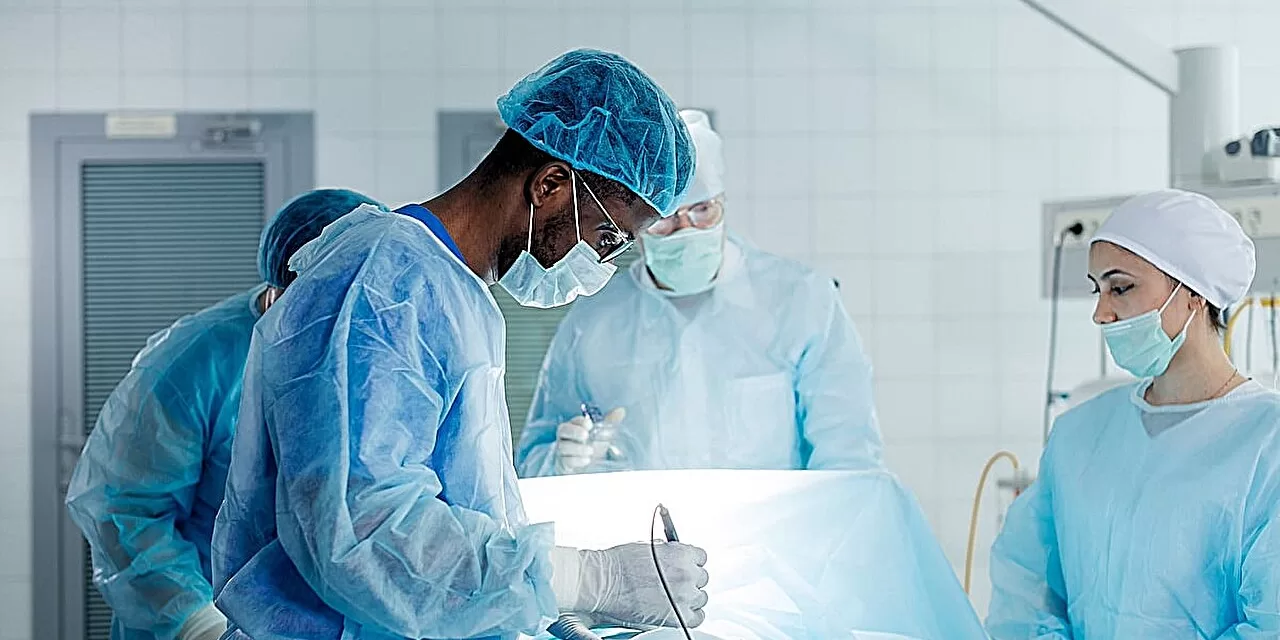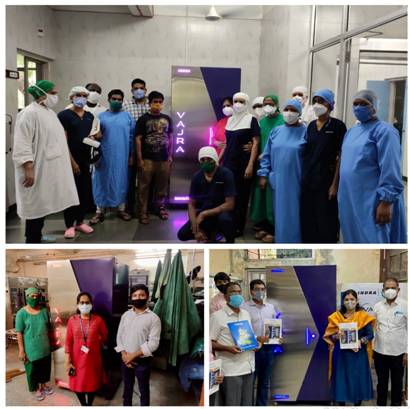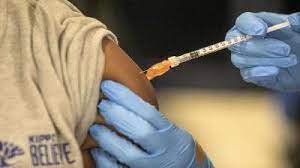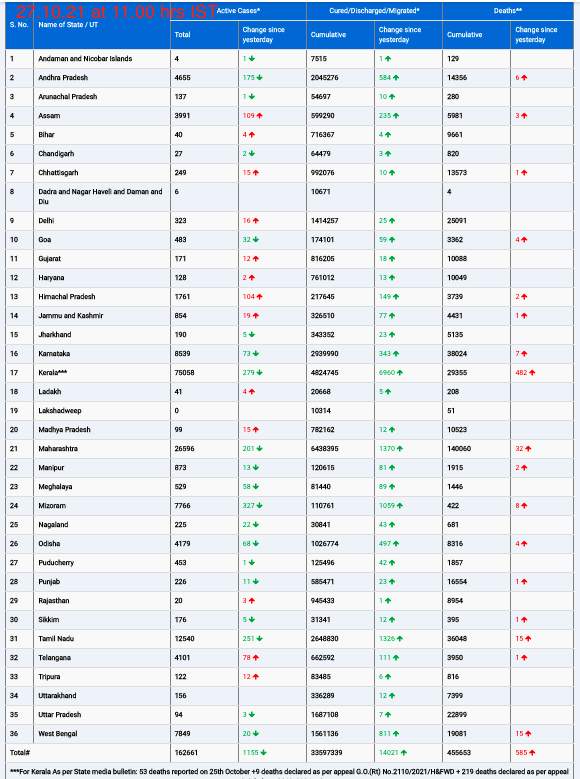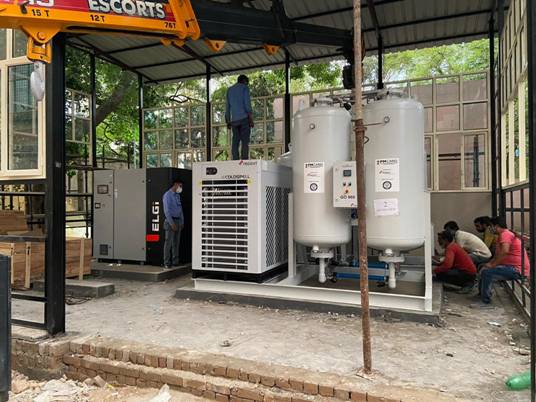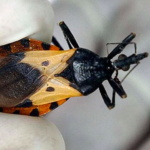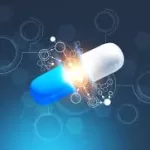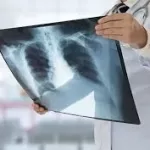In a groundbreaking medical achievement, doctors at Duke Health have successfully performed the world’s first living mitral valve transplant, offering new hope to children in need of heart valve replacements. The innovative procedure has already saved the lives of three young girls across North Carolina.
The breakthrough became possible after 11-year-old Journi Kelly, from Wilson, N.C., underwent a full heart transplant at Duke. Instead of discarding her original heart, doctors preserved two healthy valves and transplanted them into two other children in urgent need of mitral valve replacements.
One valve was given to 14-year-old Margaret Van Bruggen, a cross-country runner from Charlotte, N.C., who developed a life-threatening bacterial infection called endocarditis, which severely damaged her mitral valve. The other valve was transplanted into 9-year-old Kensley Frizzell from Pembroke, N.C., who was born with Turner’s syndrome, a genetic condition known to cause heart defects. Kensley had already undergone multiple heart surgeries before receiving the transplant.
Currently, children requiring heart valve replacements have limited options. They often receive either preserved non-living tissue or mechanical valves, both of which do not grow with the child, frequently necessitating additional surgeries within months.
“There’s not a good valve option for kids,” said Dr. Douglas Overbey, assistant professor of surgery at Duke University School of Medicine. “They all require multiple surgeries, and we know they’re going to fail down the road. That’s something that’s really hard to talk to parents about, knowing that you’re going to have to do the same surgery with a new valve, maybe six months later because they’re going to outgrow it.”
Duke’s innovative approach, known as a partial heart transplant, involves using living valves from donated hearts, allowing for growth and potentially reducing the need for future surgeries. Since pioneering this technique in 2022, Duke has performed 20 partial heart transplants under the guidance of the U.S. Food and Drug Administration (FDA).
Journi’s journey to a transplant began when she suffered sudden heart failure and was rushed to Duke. After being placed on the transplant list, her parents were given the option to donate portions of her original heart to help other children.
“They explained to us that they could use the healthy parts of it to help other kids. Our next question was, ‘Where do we sign?'” said Rachel Kelly, Journi’s stepmother.
When a donor heart became available for Journi, doctors determined that her original mitral valve was a perfect match for Margaret, while another healthy valve was suitable for Kensley. Both girls received their transplants in time to prevent further deterioration of their health.
For Margaret, the procedure was lifesaving. The infection had caused large holes in her mitral valve, and her condition was deteriorating rapidly. “She was in the hospital, and we could’ve lost her,” said her mother, Elizabeth Van Bruggen. “But she was so brave, so I knew I had to be brave too. She’s got a lot left to give the world.”
For Kensley, who had endured multiple surgeries due to her congenital heart condition, the transplant offers the possibility of a more stable future. “We were expecting she would need surgery, but we never knew this would be an option,” said her father, Kenan Frizzell. “The whole situation is extraordinary, whether you look at it from the standpoint of a scientific breakthrough or the average person’s point of view. I can’t imagine all the coordination that’s needed for something like this to take place, but as one of the families that benefited, we can’t be anything other than grateful.”
This revolutionary approach is expected to change the future of pediatric heart surgeries, potentially giving countless children a second chance at life with fewer complications.
Disclaimer: This article is for informational purposes only and does not constitute medical advice. For more details on mitral valve repair and replacements, visit the Mayo Clinic or consult a qualified medical professional.

